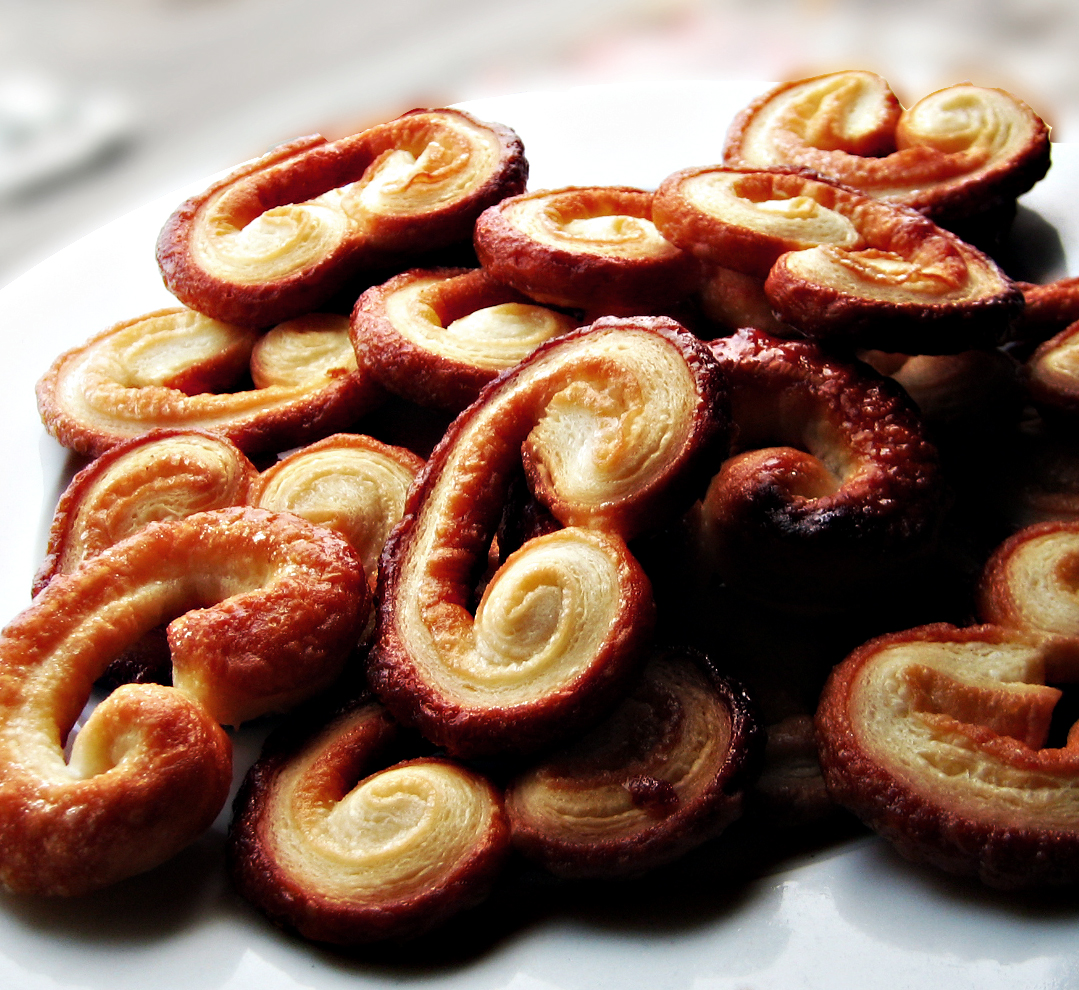13 week cooking course
- Introduction to Cooking
- Understanding Ingredients
- Making Breakfast
- Dinner Delights
- World Cuisine: Asia
- World Cuisine: Europe
- Baking and Bread Making
- Vegan and Vegetarian Cooking
- Gluten Free Cooking
- Healthy Eating and Nutrition
- Kitchen Finale and Consolidation
Baking and Bread Making
Sweet Pastries: From Dough to Delicious

Various baked products made of dough.
Sweet pastries are a delight to the senses, with their enticing aromas, beautiful shapes, and delicious flavors. In this unit, we will explore the process of making sweet pastries, from preparing the dough to baking and decorating.
Introduction to Sweet Pastries
Sweet pastries come in a variety of types and styles, from flaky croissants and Danish pastries to rich and buttery brioche. Each type of pastry has its own unique characteristics, but they all share a common foundation: a dough enriched with butter and sugar.
Making Sweet Pastry Dough
The first step in making sweet pastries is to prepare the dough. This usually involves combining flour, sugar, and butter, along with other ingredients such as eggs, yeast, or milk, depending on the type of pastry. The ingredients are mixed together until a smooth, pliable dough is formed.
One key aspect of making sweet pastry dough is the incorporation of butter. This is often done through a process called lamination, which involves folding the dough multiple times to create thin layers of butter within the dough. This results in a flaky, light texture once the pastry is baked.
Techniques for Rolling and Shaping Sweet Pastries
Once the dough is prepared, it is then rolled out and shaped into the desired form. This can range from simple shapes like rounds or rectangles for pastries like pain au chocolat, to more complex shapes like the characteristic spiral of a cinnamon roll or the intricate braiding of a challah.
The dough should be rolled out evenly to ensure uniform baking, and any fillings should be spread or placed evenly to avoid any gaps or overly dense areas in the finished pastry.
Baking Sweet Pastries
Baking is a crucial stage in the pastry-making process. The temperature and timing must be just right to achieve the perfect balance of a golden, crisp exterior and a soft, tender interior.
Most sweet pastries are baked at a high temperature (around 200-220°C or 400-425°F) for a relatively short time. This allows the water in the butter to evaporate quickly, creating steam that lifts the layers of dough and results in a flaky texture.
Decorating and Finishing Sweet Pastries
The final step in making sweet pastries is the decoration and finishing. This can involve a simple dusting of powdered sugar, a drizzle of icing, or a more elaborate decoration with fruits, nuts, or edible flowers.
Some pastries may also be filled after baking, such as cream puffs or éclairs, which are piped full of whipped cream or pastry cream.
By following these steps and techniques, you can create a wide variety of sweet pastries to enjoy and share. Happy baking!